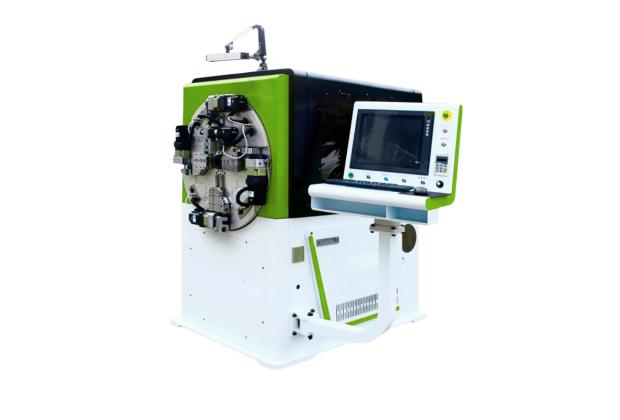Wire bending technology has evolved significantly over time, offering solutions that cater to a wide range of industrial needs.
Among the notable manufacturers, Pneuform stands out with its advanced wire bending machines.
Two of their prominent models are the Pneuform 3D wire bending machine and the Pneuform 2D wire bending machine.
Below we will explore and understand the differences between these two machines that can help businesses select the right equipment for their specific requirements.

Choosing between the Pneuform 3D and 2D wire bending machines depends largely on the complexity of the parts you need to produce and your specific industry requirements.
The Pneuform 3D wire bending machine offers advanced capabilities for intricate, multi-dimensional designs, making it suitable for more complex applications.
In contrast, the Pneuform 2D wire bending machine provides an efficient and cost-effective solution for simpler, flat wire products.
Understanding these differences will enable you to make an informed decision, ensuring that you select the right machine to meet your production needs and enhance your manufacturing capabilities.
If you need support with your wire bending plans, get in touch with our team – sales@pneuform.com